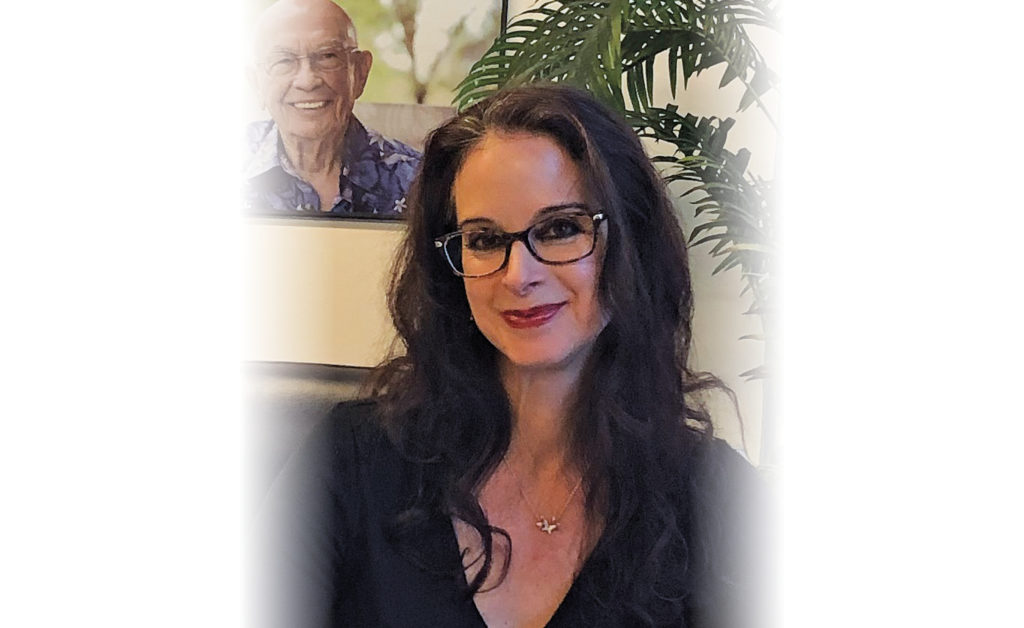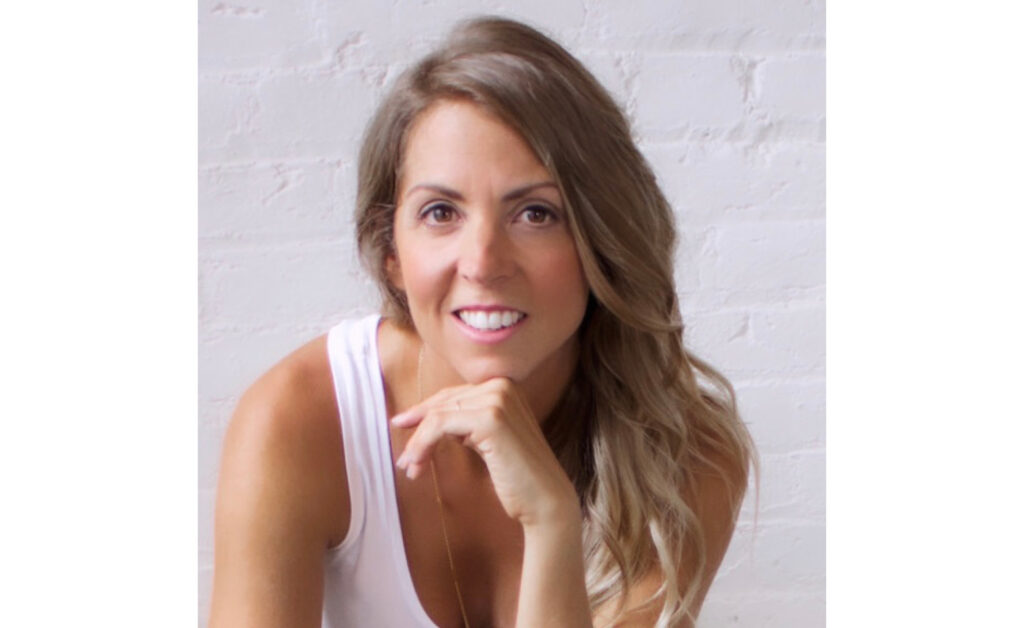Words Sherrin Griffin, Sidney Senior Care
As my Mom and I plan my Dad’s Celebration of Life, we’ve been wondering about the “proper protocol” for these events. And with very little experience of attending celebrations of life, let alone planning one for a dear family member, we both want to “do the right thing” and honour Dad in the best possible way. But what is “the right way?” Are there specific guidelines to follow when remembering a loved one?
Back when I was a child growing up in the 60s and 70s, I only remember the term “funerals” being used, and I recall the events being traditional, somber affairs often dependent on the timing of the burial (cremation wasn’t as popular back then). They were typically held at a funeral home or church and usually involved a final viewing, a formal service (often religious), and a committal service (at the burial site).
Although there doesn’t seem to be one specific person or occasion that coined the term Celebration of Life (COL), there was a bit of a cultural shift in the late 20th century away from the melancholy, rigid and traditional themes of loss and grief associated with funerals towards a more positive, personalized and uplifting approach, emphasizing the deceased person’s life, rather than death. The emphasis on celebrating a life well lived, including the personality, character traits and achievements of the deceased, rather than simply mourning a death, has likely been influenced by other cultural traditions including Irish wakes that blend mourning with celebration in a reflective and respectful manner of remembrance.
While funerals are usually held shortly after death, celebrations of life give families the opportunity to pause and grieve on their own timeline, with the flexibility to wait until they feel ready or perhaps to choose a time that has significance. With cremation becoming more acceptable and commonplace these days, COLs can be planned at any time, whether that be days, weeks or even many months afterwards. In our case, my Mother wasn’t ready emotionally to address my Dad’s service until almost a full year had passed; choosing to hold the event on the one-year anniversary of his passing or, as my Mom called it, “Ed’s heavenly birthday.”
As far as the venue is concerned, COLs can be held at any location really, whether that be at a family home, community centre, park etc.
Regarding appropriate attire, while black used to be considered the only respectful colour to wear to a funeral, it is not required for a celebration of life. Many families encourage guests to wear colours that were meaningful to the deceased or that inspire a sense of celebration.
A celebration of life typically has a more flexible itinerary than a traditional funeral. There certainly should be a greeting and acknowledgement of the occasion from a family member or friend close to the person who has died. The speaker(s) should be able to share stories and memories that capture the essence of the person who has passed, with opportunity for others to speak and share. There may be food and drink offered, perhaps with a respectful toast to the deceased person. In our case, we are planning to have a group toast to my Dad with his favourite brandy – Remy Martin – in his honour.
Ultimately, the choice between a funeral and a celebration of life depends on the deceased individual’s wishes, the family’s preferences, religious affiliations, and cultural context. Some families choose to have both, with a smaller, more private funeral followed by a larger celebration of life. Whatever you choose to do, as long as the occasion is filled with light, love and respect, you will do right by your loved one.




